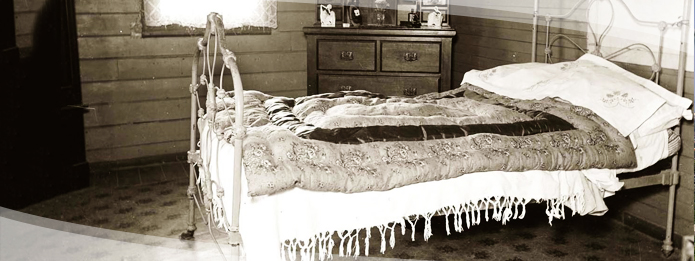 Bed bugs are an absolute nightmare for homeowners. These pint-sized insects have earned their reputation over the decades by being persistent, evasive, and difficult to control. Once an infestation starts, you’re only left wondering how these pesky creatures found their way into your home; and that's an important question to answer if you want to weed them out.
Bed bugs are an absolute nightmare for homeowners. These pint-sized insects have earned their reputation over the decades by being persistent, evasive, and difficult to control. Once an infestation starts, you’re only left wondering how these pesky creatures found their way into your home; and that's an important question to answer if you want to weed them out.
A Problem As Old As Time… Nearly
Fossilized versions dating back to approximately 3,500 years have been discovered by archeologists. They are thought to be used for medicinal purposes to cure ailments, such as snakebites and ear infections. As you can expect, the bugs only grew as civilizations did. As people travelled and built more villages and cities along the way, the bugs travelled with them and occupied all the avenues they could. It’s earliest sightings as a national pest could actually be felt during 100 A.D within Italy.Emergence Into Modern Societies
Due to their nature, the bugs were actually progressing into modern societies with humans. There were misconceptions about the spread being related to hygiene, or the lack thereof. However, the bugs didn’t differentiate between well-kept wealthy homeowners or the poor ones. They simply sought to find homes for themselves. In fact, a large component of bed bugs spreading can be attributed to human travel. England had been dealing with these bugs since 1583, whereas the Americas did not have any until the European explorers and settlers arrived there in the 18th century. In fact, it was such a prevalent fact that sailing ships were told not to bring any of their beddings and sailors were made to sleep on beds made out of sassafras wood. Yet, the complaints of being bitten by the bugs had continued. That said, apart from humans unwittingly transferring bed bugs through their persons or belongings, animals were also responsible for the spread--namely bats and birds. Bats generally have their own species of bat bugs, but they function similar to bed bugs and the differences between the two can only be identified by a microscope.Why Can’t We Get Rid Of Bed Bugs?
At one point in history, through a concerted effort of spraying DDT, there was a decline in infestations. However, their eradication didn’t last long. The bugs had evolved resistance to pesticides. Couple in their size, mating habits and their ability to go up to 550 days without eating, you can start to understand why they can’t be eradicated. After all, they don’t need much to reproduce. A single female bed bug can lead to a house-wide infestation by the virtue of being small critters with quick reproduction cycles. That said, there are treatment options if you are facing an infestation in your home. The bugs are treated depending on their species and the infestation level through various pesticide and non-pesticide chemicals. The first line of defence is early identification, so here’s what you should look out for:Signs To Look For:
- Rust-coloured stains on clothing, bed sheets or mattresses as a result of the bugs being crushed; an off odour may be detected as well.
- Eggs which are around 1 mm small or older nymphs which have pale yellow skins.
- Small, yet packed together dark spots indicating excrements
- The actual bug itself. A bed bug will be around the size of an apple seed with a brown, flat oval-shaped body. It also may be identified through a musty-sweet odour.

